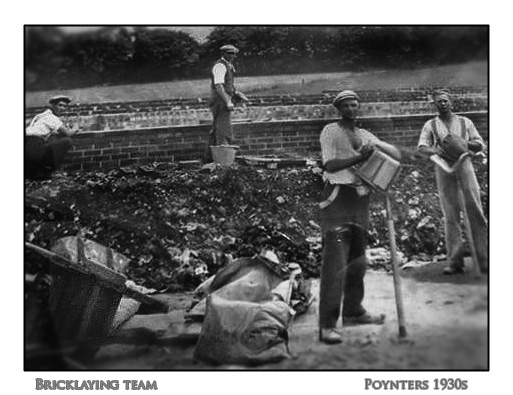A formula used by the U.S. Government in making whitewash for lighthouses and other public buildings.
Unslaked lime.........2 pecks
common salt...........1peck
rice flour............3pounds
spanish whiting.......half pound
Glue..................1 pound
water.................a sufficient quantity
Please not that this style of wash will not breath like a standard lime wash. Any wash that may have moisture drawn in from behind through capillary action etc may cause a water resistant product to bubble. Glue being one of the main reasons for the water resistance which also breaks down with constant moisture exposure.
Breathable washes allow moisture to evaporate away preventing bubbling. I have made renders with water resistant products in them. Even though these mixes are resistant not waterproof to moisture they prevent water ingress but breath enough to allow any retained moisture to evaporate.
Lime wash strength is its ability to shed water, ongoing coats required to some degree but in a situation where a wall may stay wet, less maintenance than standard paints.
Lime washes also can give natural flat look that in some architecture looks fantastic. I love a natural flat look.
Friday 16 March 2012
Whitewash for lighthouses
Posted by
Neil
at
19:13
3
comments
![]()
Labels: Lighthouse, lime, Lime putty, mortar, nonhydraulic mortar, Spanish whiting, stone, White wash
Sunday 11 March 2012
Tuesday 6 March 2012
True tuckpointing demonstration - the traditonal way - Brickwork
I think some people mistake re-pointing for tuckpointing when quite often they are doing a repointed "struck joint".
A struck joint is done with the edge of a trowel and can be weather struck to shed water easier.
Keywords: Bricklaying, Pointing, Cement, Tuck Pointing, Federation, Victorian, Australia
Posted by
Neil
at
07:54
0
comments
![]()
Labels: Federation, geopolymers, Heritage, Lime putty, nonhydraulic mortar, Spanish whiting, Tuck pointing, Victorian
Subscribe to:
Posts (Atom)

